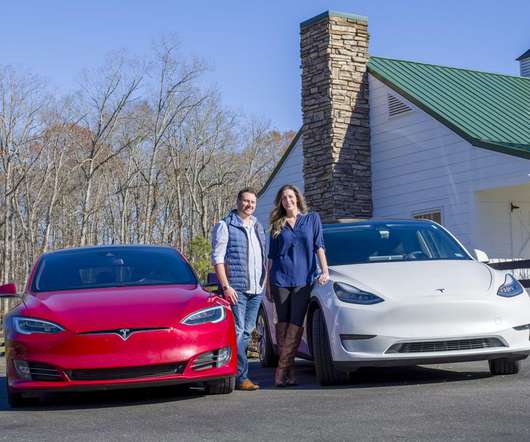PNNL/INL team assesses costs and GHG LCA for converting biomass to drop-in fuels via fast pyrolysis and upgrading
Green Car Congress
SEPTEMBER 23, 2019
A team from Pacific Northwest National Laboratory (PNNL) and Idaho National Laboratory has evaluated the process economics and greenhouse gas (GHG) emissions for the conversion of 11 biomass feedstocks to produce transportation fuels via fast pyrolysis and then pyrolysis oil upgrading via hydrodeoxygenation. g CO 2 -e/MJ. Meyer et al.















Let's personalize your content